
Mahindra Thar Roxx Wins The Coveted ICOTY 2025. Here Are The Other...
- Jan 11, 2025
- Views : 1626

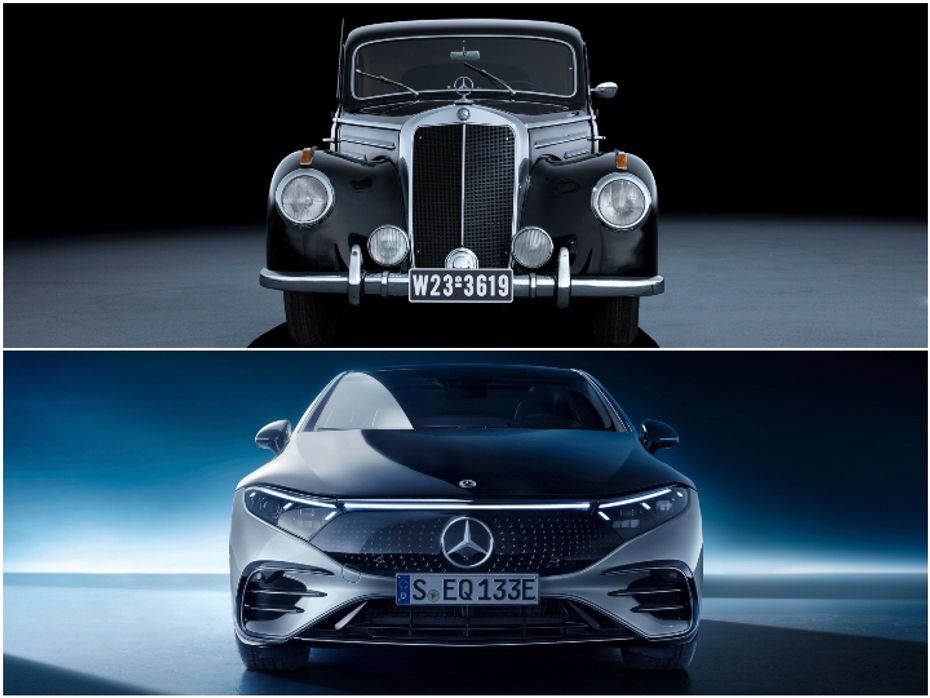
Whenever someone says the word ‘Mercedes’, chances are that your mind will conjure up the image of a stately sedan wearing the expression of an imposing school principal. Similar to people, we’ve long associated a car’s character with its nose; in other words, its front end.
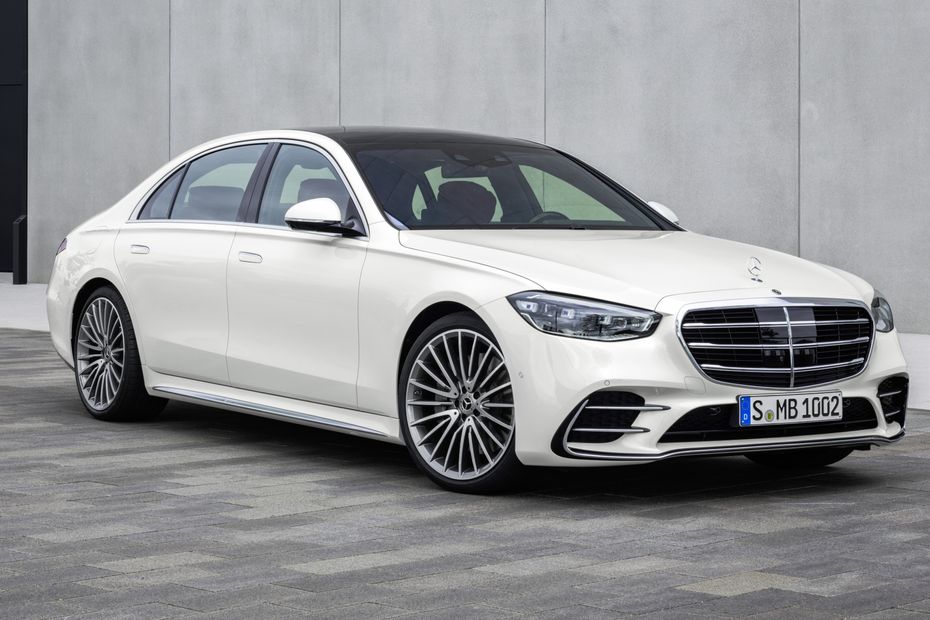
The grille of a car is central to this “fascia” that we use to distinguish between different models. Yes, veteran car spotters can identify a car using almost any aspect of its design, but for most of us, it’s the size, body style and ‘face’ that matter.

For Mercedes, the front grille has evolved with each new generation of models and is still shared between different cars in its lineup. That’s why no matter the body style, when you see a Mercedes, you don’t have to read the badge on the tailgate to know it’s one.
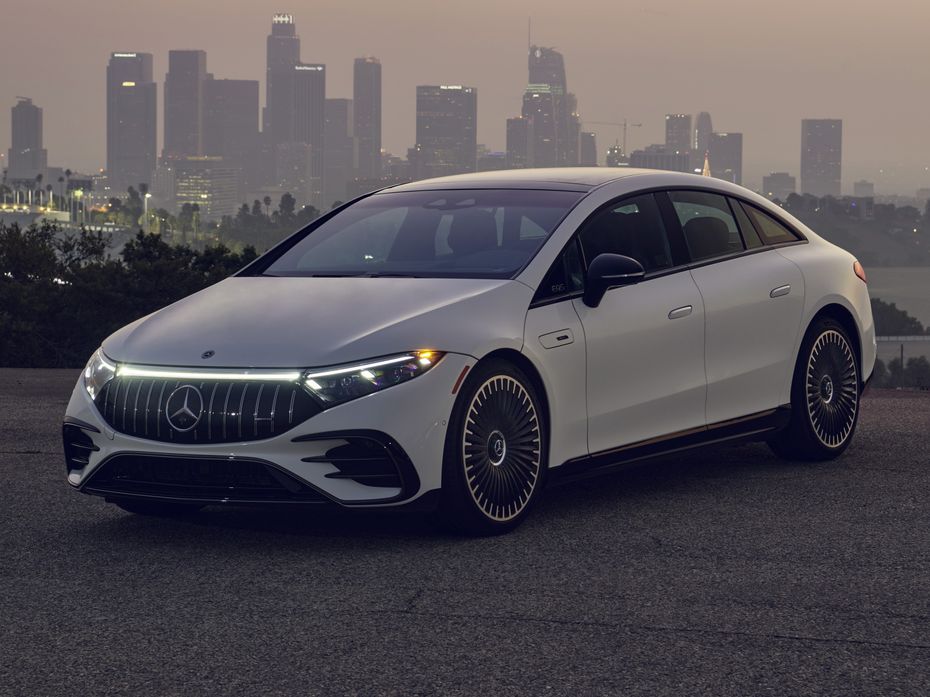
the automobile community
But what does the grille, once an important functional accessory, stand for in the era of electric vehicles (EVs)? After all, EVs don’t need as much cooling as traditional ICE cars since they don’t have a heat engine under the bonnet to cool down on a summer day.
Let’s take a look at how the iconic Mercedes grille has evolved over the years.
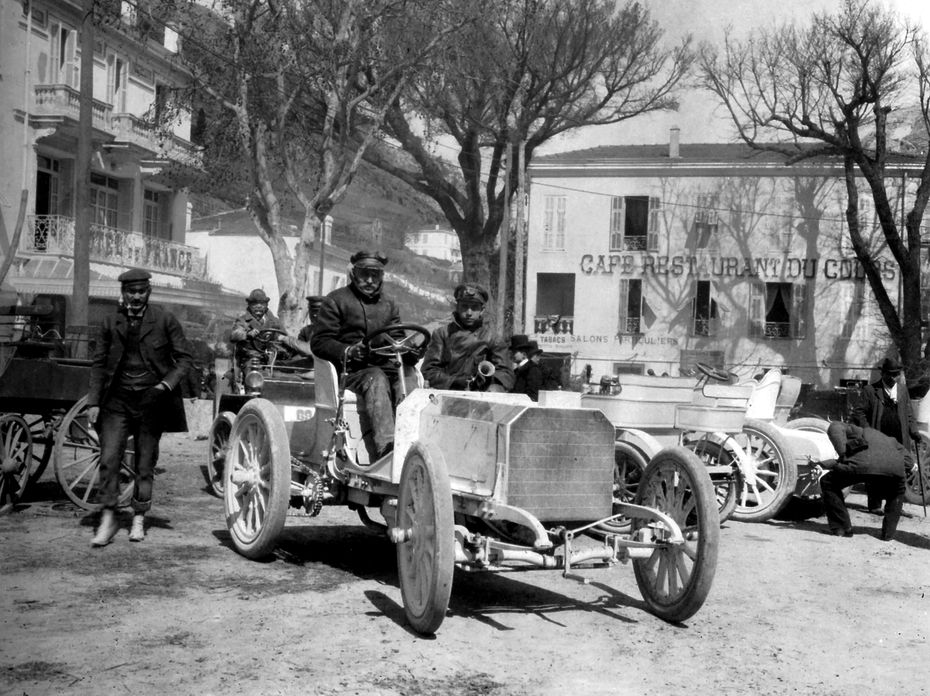
Karl Benz is widely considered the first to make a functional automobile, the Benz Patent-Motorwagen, that debuted in 1885. But it wasn’t until 1900 that Wilhelm Maybach created the car that began the Mercedes model line – the Mercedes 35PS. In many ways, it set the definition of the word ‘car’ as we know it today, with a bonnet at the front housing the engine, passenger compartment in the middle and four wheels.
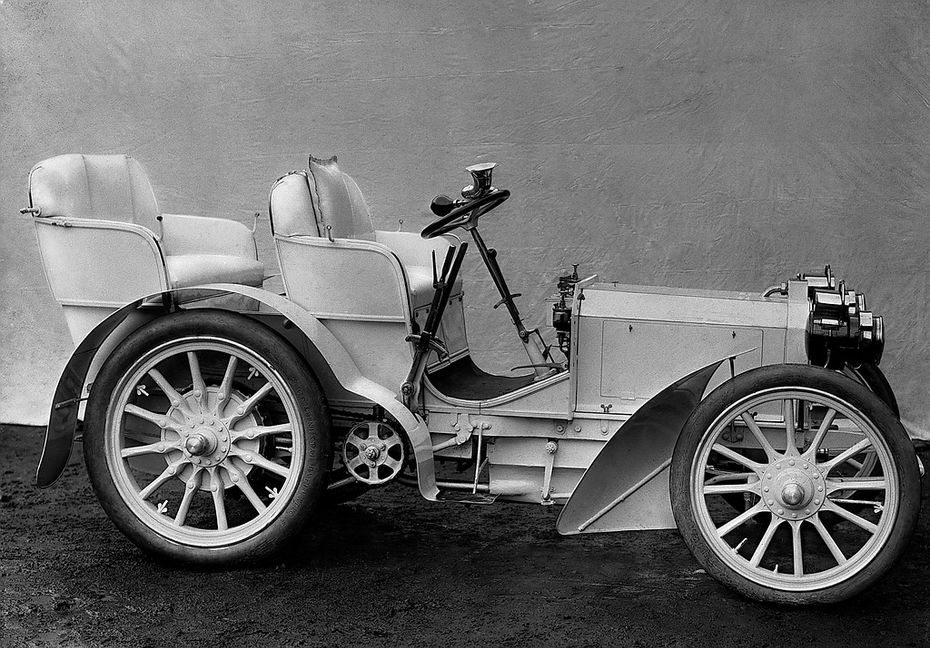
Its 5.9-litre engine, too, set the tone for IC engines for years to come. It had four cylinders, a carburettor to move fuel and camshafts to operate the valves. Moreover, it was the first engine to attempt to solve one big issue with the motorcar – heating. For that, it had a honeycomb heat exchanger at the front, made up of over 8,000 narrow pipes through which water was circulated. It also had a fan to cool the water in the pipes, which, in turn, kept the engine from getting damaged from too much heat.

Mercedes 170
By the 1930s, the radiator had become a ubiquitous accessory for large-displacement cars. It was also a time when the aesthetics of cars started to take priority with streamlined and coach-built vehicles. The functional radiator was now hidden behind a grille cover, and for Mercedes, the change started with the 1931 Mercedes 170.
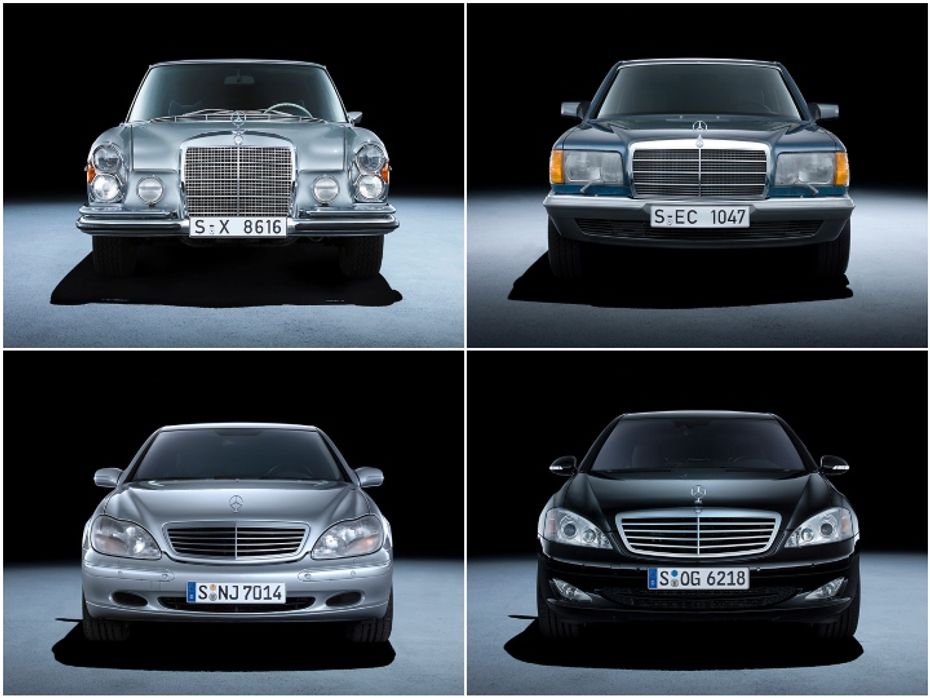
Mercedes S-Class grilles from W108 to W221 generations
Since then, the radiator grille became a part of the identity of a car. It has evolved numerous times over the years in Mercedes vehicles. Today, it’s as close a part of the identity of a Merc as the three-pointed star itself. The grille design differs according to the variants of Mercedes – AMG grilles have vertical slats and Avantgarde variants have a chrome pattern.
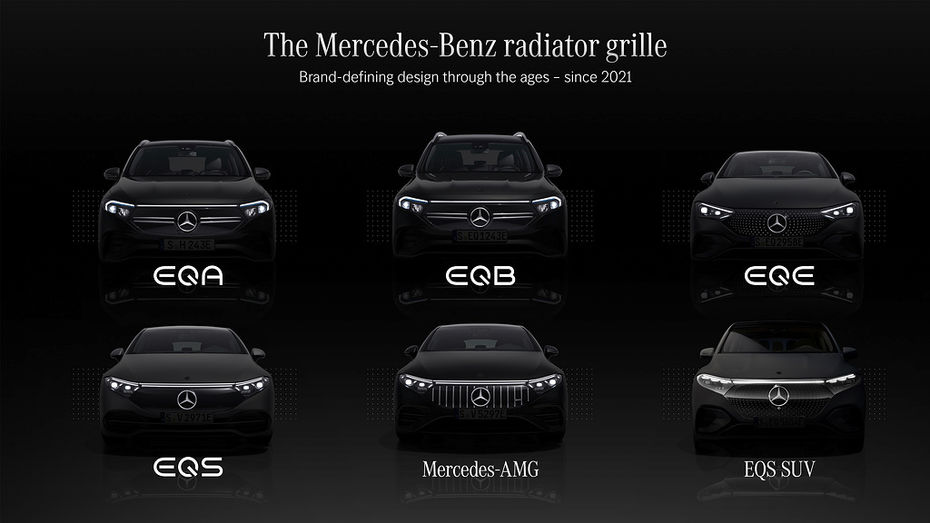
Mercedes’s EQ lineup of electric vehicles previews the cars it’ll produce after government regulations around the world force it to stop making ICE vehicles. In the EV era, the grille would merely be an aesthetic accessory; for Mercedes, it’s a dark, transparent panel behind which the sensors for advanced driver assistance and active safety systems (ADAS) are placed.
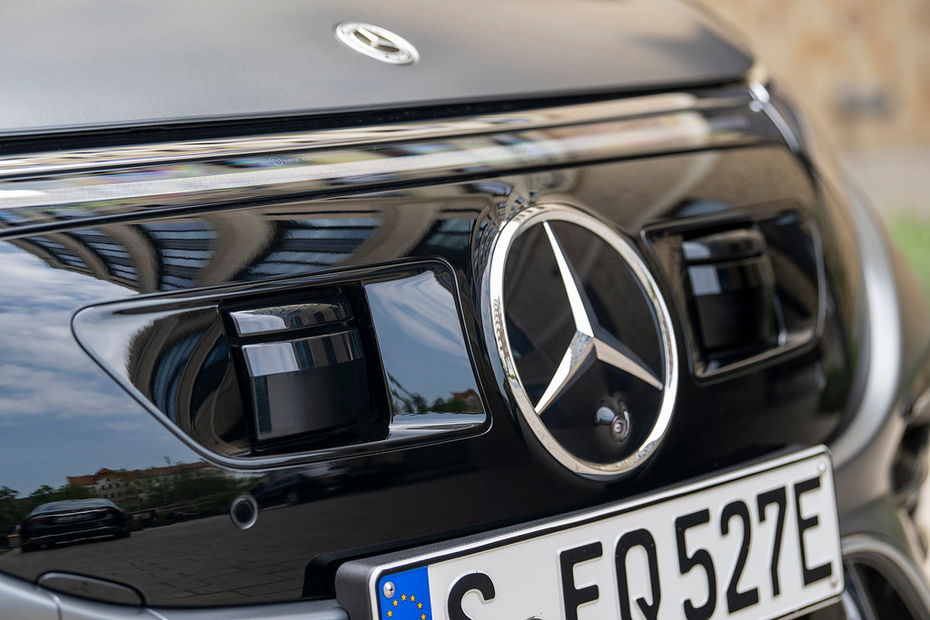
Mercedes EQS with Drive Pilot autonomous driving system
For example, one of the cameras used for Active Distance Assist (part of the adaptive cruise control system) is integrated into the three-pointed star. ADAS systems use an array of ultrasound sensors, cameras, radar and Lidar sensors, some of which are hidden from view under the Black Panel in vehicles such as the EQE and EQS. The Black Panel has little LED lights that form a pattern that varies between different variants and models, similar to the louvres and slats of the radiator grilles of yore.
Also read:
Mercedes-Benz EQB All-Electric SUV To Be Launched In India Within 2022
Mercedes-AMG EQS 53 vs Porsche Taycan vs Audi RS e-tron GT: EV Specifications Compared
With that, the Mercedes grille is likely to transform further. While EVs such as Teslas have grille-less, front-end designs, Mercedes will likely continue to have a ‘grille’ for a long time.

Mahindra Thar Roxx Wins The Coveted ICOTY 2025. Here Are The Other...

List Of All 4x4 And AWD SUVs Expected In 2025

2025 Mercedes-Benz EQG 580 Launch Tomorrow: 5 Things You Need To Know

Here Are All The Mercedes-Benz Cars Lined Up For A Showcase In The...

Take A Look At Every SUV Launched In India This Year

Mercedes-Benz Showcases CLA Class Concept At The Auto Expo 2025

Iconic G-Wagon Goes Green In India, Mercedes-Benz G-Class Electric...

Mercedes-AMG C 63 S E Performance Driven On Track: No V8, No Soul?

The Mercedes-Maybach GLS 600 Just Got Stealthier With The Night...

Renault Extends Standard Warranty On Kwid, Triber, And Kiger To 3...
India's largest automotive community
 MG Gloster Facelift Revealed At Auto Expo 2025, Named MG Majestor!
MG Gloster Facelift Revealed At Auto Expo 2025, Named MG Majestor!
 BMW Launches New-gen X3 In India At Auto Expo 2025 At Rs 75.8 Lakh
BMW Launches New-gen X3 In India At Auto Expo 2025 At Rs 75.8 Lakh
 New Mini Cooper S John Cooper Works Pack Introduced At Auto Expo 2025
New Mini Cooper S John Cooper Works Pack Introduced At Auto Expo 2025
 Wraps-off VinFast VF7 At The Auto Expo 2025! Here Is A Detailed Look At The Electric SUV
Wraps-off VinFast VF7 At The Auto Expo 2025! Here Is A Detailed Look At The Electric SUV
 Hyundai Creta Electric
Rs. 17.99 Lakh
Hyundai Creta Electric
Rs. 17.99 Lakh
 Lotus Emira
Rs. 3.22 Crore
Lotus Emira
Rs. 3.22 Crore
 Lotus Emeya
Rs. 2.33 Crore
Lotus Emeya
Rs. 2.33 Crore
 Mercedes-Benz G-Class Electric
Rs. 3.00 Crore
Mercedes-Benz G-Class Electric
Rs. 3.00 Crore
 Toyota Camry
Rs. 48.00 Lakh
Toyota Camry
Rs. 48.00 Lakh